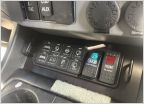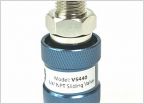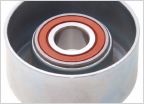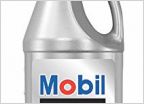-
Welcome to Tacoma World!
You are currently viewing as a guest! To get full-access, you need to register for a FREE account.
As a registered member, you’ll be able to:- Participate in all Tacoma discussion topics
- Communicate privately with other Tacoma owners from around the world
- Post your own photos in our Members Gallery
- Access all special features of the site
5VZ-FE, 3.4L V6, Detailed Post on Performance Problem. Please, PLEASE Offer Informed Input
Discussion in 'Technical Chat' started by mltitlntd, Mar 12, 2018.


 ARB CKMA12 Simple Wiring
ARB CKMA12 Simple Wiring Arb twin air compressor question or air system related question.
Arb twin air compressor question or air system related question. Febest tensioner pulley
Febest tensioner pulley Hidden GPS tracker, what do you have and recommend
Hidden GPS tracker, what do you have and recommend Ok to top off front dif w/ Valvoline?
Ok to top off front dif w/ Valvoline?
